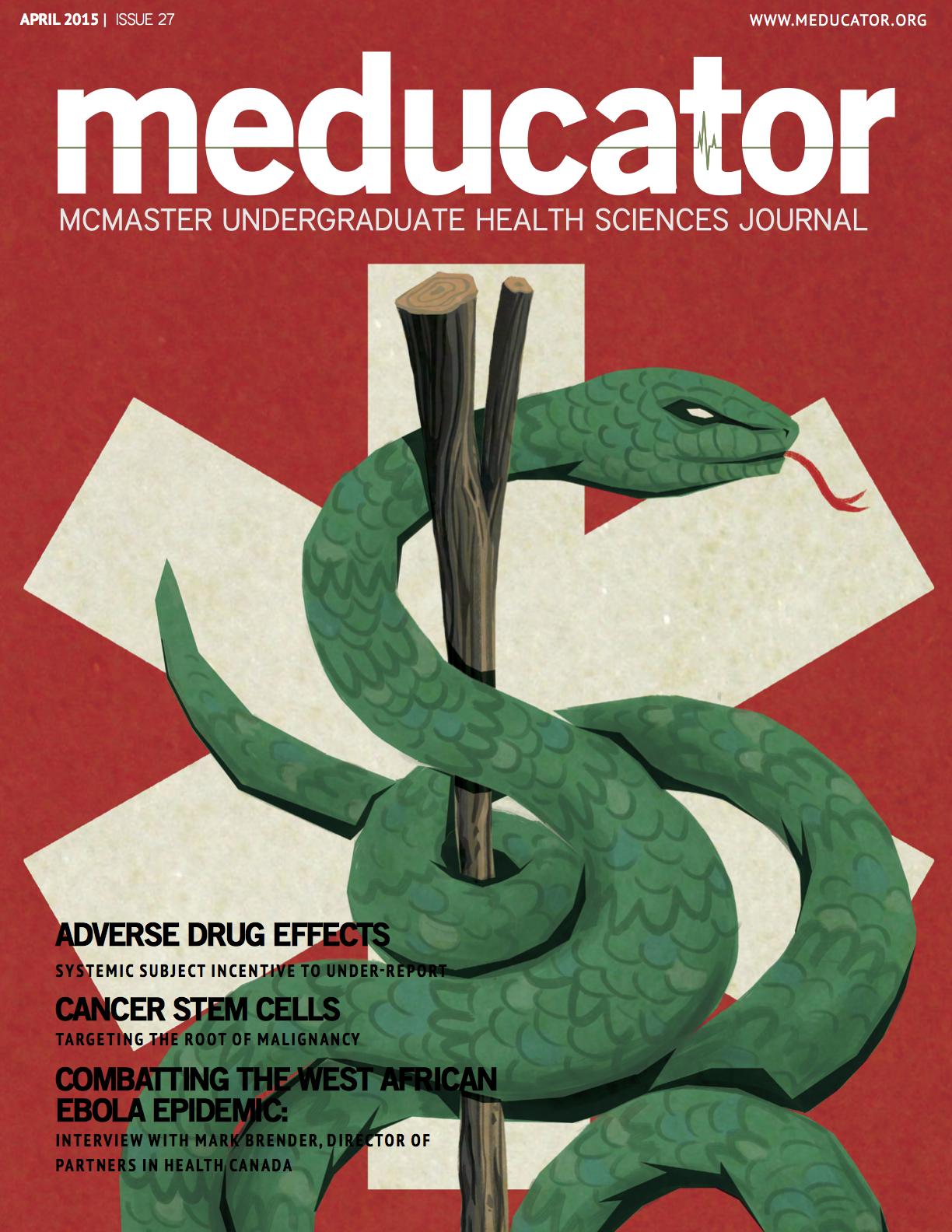Hypoxia in Drosophila Embryonic Development: Implications for Organ Preservation
DOI:
https://doi.org/10.15173/m.v1i27.1165Abstract
In organ preservation, the prevalent problem has always been time: time to analyze the organ, match the organ to a recipient, store the organ, transport the organ, and transplant the organ. Due to the quick rate at which tissue deteriorates outside the body, whether that be a result of loss of blood flow or cellular damage from the hypothermic method` of storage. The experiment investigates the effect that low oxygen (hypoxia) and low temperature has on the development of embryos as an alternative that may be less detrimental. As demonstrated on the test subject Drosophila melanogaster (fruit flies), both factors can induce a state of suspended animation, which is a condition in which the test subject stops aging during development. Hypoxia can successfully arrest development for up to three times the regular development time, which is around 22 hours at 25°C. At lower temperatures, a greater number of oxygen concentrations are viable and are able to induce suspended animation for a greater period of time. The results of the experiment may suggest that hypoxia is a possible alternative that may extend the time and reduce tissue damage for organ preservation.
References
Belzer, FO and Southard, JH. Principles of solid-organ preservation by cold storage. Transplantation. 1988; 45:673–676
Zar J. Biostatistical analysis. 1st ed. Upper Saddle River, N.J.: Prentice Hall; 1999.
Wingrove J, O’Farrell P. Nitric Oxide Con- tributes to Behavioral, Cellular, and Devel- opmental Responses to Low Oxygen in Drosophila. Cell. 1999;98(1):105–114.
Cowley S, Ko M, Pick N, Chow R, Downing K, Gordhan B et al. The Mycobacterium tuberculosis protein serine/threonine ki- nase PknG is linked to cellular glutamate/ glutamine levels and is important for growth in vivo. Molecular Microbiology. 2004;52(6):1691–1702.
Francis S, Busch J, Corbin J. cGMP- dependent protein kinases and cGMP phosphodiesterases in nitric oxide and cGMP action. Pharmacological Reviews. 2010;62(3):525–563.
Teodoro R, O’Farrell P. Nitric oxide- induced suspended animation promotes survival during hypoxia. The EMBO Jour- nal. 2003;22(3):580–587.
Klintmalm G, Levy M. Organ procurement and preservation. 1st ed. Austin, Tex.: Landes Bioscience; 1999.
Edwards A, Wyatt J, Thoresen M. Treat- ment of hypoxic-ischaemic brain damage by moderate hypothermia. Archives of Disease in Childhood-Fetal and Neonatal Edition. 1998;78(2):85–88.
Thomson, H. Gunshot victims to be sus- pended between life and death - health - 26 March 2014 - New Scientist [In- ternet]. Newscientist.com. 2014 [cited 14 September 2014]. Available from: http://www.newscientist.com/article/ mg22129623.000-gunshot-victims-to- be-suspended-between-life-and-death. html
Pandey, UB, Nichols C. Human disease models in Drosophila melanogaster and the role of the fly in therapeutic drug discovery. Pharmacological Reviews. 2011;63(2):411–436.
Lutz S,Weisser HJ, Heizmann J,Pollak S. mtDNA as a tool for identification of hu- man remains. International Journal of Le- gal Medicine 1996; 109(4): 205-209.
Janny L, Menezo Y. Maternal age effect on early human embryonic develop- ment and blastocyst formation. Mo- lecular reproduction and development. 1996;45(1):31–37.


